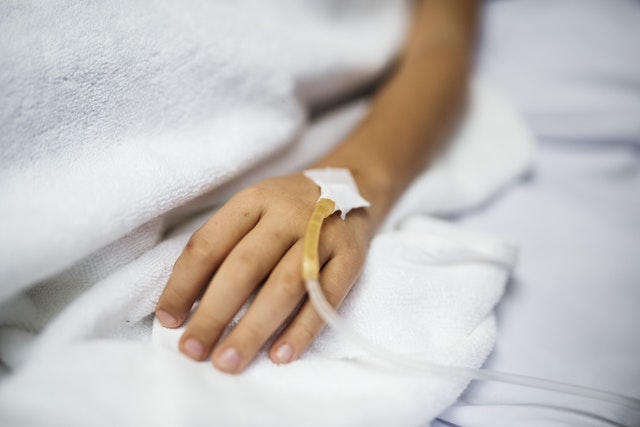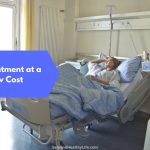
Image Source: Pexels
Anorexia treatment has a long history with a great deal of research completed on the condition. When choosing an anorexia recovery program and an anorexia treatment center, it is important to look for one that utilizes the latest research and treatment methodologies. According to the latest evidence, the following are components that should be included in a successful anorexia treatment program. (See also: How to Keep Busy in the Hospital After Surgery)
Cognitive Behavioral Therapy
The latest evidence points to cognitive behavioral therapy (CBT) being the most effective anorexia treatment. Enhanced cognitive behavioral therapy (CBT-E) is a treatment modality designed for the treatment of eating disorders. A highly-structured treatment, CBT-E follows three phases to help individuals recover.
CBT comprises a combination of behavioral therapy and talks therapy. It focuses on helping patients reframe their negative thoughts and transform them into positive ones. This process should result in positive behaviors and actions that can help the patient appropriately handle difficult or triggering experiences.
The foundation of CBT-E is to help the participant establish a stable eating pattern that is also flexible enough for continuation after treatment. Additionally, CBT-E focuses on addressing any factors that may have led to the eating disorder. These could include eating patterns related to one’s moods or an obsession with weight or shape.
Environment
In general, evidence has shown anorexia treatment is most successful when it takes places in an environment that feels comfortable and safe for the individual.
Some patients may be placed under medical supervision in order to be stabilized. This can be achieved either at an inpatient or residential level of care, depending on severity and recommendations from the treatment team. Ensuring a person’s body is receiving the nutrients necessary to sustain itself and thrive is a crucial component of anorexia treatment.
Once any medical complications have been addressed, the type of environment and level of care appropriate from an individual will be determined based on a thorough assessment completed by an eating disorder professional. In order of increasing structure and support; intensive outpatient, day treatment, partial hospitalization, residential treatment, and inpatient treatment are the currently offered program’s levels of anorexia treatment programs.
In many cases, a level system of recovery will be used to guide treatment at an anorexia treatment center. A patient coming out of a hospital setting, for example, would potentially be recommended by his or her treatment team to enter a residential program. As progress was made during anorexia treatment, a less restrictive environment, such as partial hospitalization or day treatment, may be recommended as a next step. Finally, for those stable in their treatment, an outpatient treatment program would provide support, while allowing the individual to practice recovery by returning to some real-world responsibilities or activities.
Dialectical Behavior Therapy (DBT)
There is strong evidence that supports using dialectical behavior therapy (DBT) with individuals who are seeking anorexia treatment. Using DBT skills training with patients who have an eating disorder, as well as those with a borderline personality disorder, has been shown to be effective.
DBT is a form of cognitive behavioral therapy; however, it integrates additional life skills such as acceptance, mindfulness and tolerating stress. Both CBT and DBT have been shown to be effective therapy methods for eating disorders.
Monte Nido utilizes evidence-based, effective treatment options in their anorexia treatment centers. Beginning with a thorough assessment, a treatment plan is developed with the patient’s input to ensure the best chance of recovery. Coupled with a caring and compassionate treatment team, Monte Nido offers comprehensive treatment options to meet a wide range of patient needs. Contact us today for more information about our programs.
About The Author:
Mike is a health editor with a degree in Journalism and Social Communications, currently writing for several USA & UK publications. He is specialized in articles around health tips, workout plans, and other nutrition-related topics. His main aim is to help health charities to raise awareness on campaigns about misunderstood or commonly misdiagnosed conditions.




